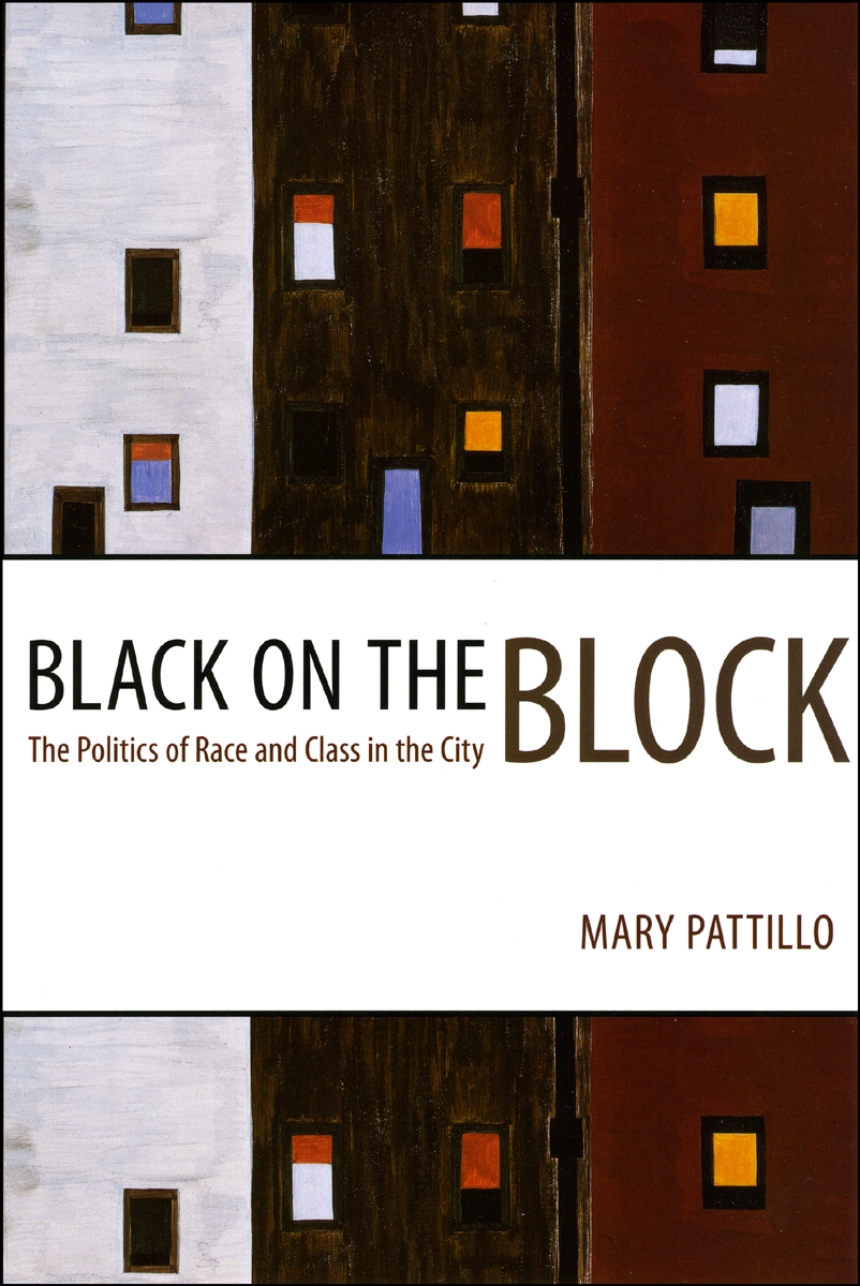Black on the Block
The Politics of Race and Class in the City
In Black on the Block, Mary Pattillo—a Newsweek Woman of the 21st Century—uses the historic rise, alarming fall, and equally dramatic renewal of Chicago’s North Kenwood–Oakland neighborhood to explore the politics of race and class in contemporary urban America.
There was a time when North Kenwood–Oakland was plagued by gangs, drugs, violence, and the font of poverty from which they sprang. But in the late 1980s, activists rose up to tackle the social problems that had plagued the area for decades. Black on the Block tells the remarkable story of how these residents laid the groundwork for a revitalized and self-consciously black neighborhood that continues to flourish today. But theirs is not a tale of easy consensus and political unity, and here Pattillo teases out the divergent class interests that have come to define black communities like North Kenwood–Oakland. She explores the often heated battles between haves and have-nots, home owners and apartment dwellers, and newcomers and old-timers as they clash over the social implications of gentrification. Along the way, Pattillo highlights the conflicted but crucial role that middle-class blacks play in transforming such districts as they negotiate between established centers of white economic and political power and the needs of their less fortunate black neighbors.
“A century from now, when today’s sociologists and journalists are dust and their books are too, those who want to understand what the hell happened to Chicago will be finding the answer in this one.”—Chicago Reader
“To see how diversity creates strange and sometimes awkward bedfellows . . . turn to Mary Pattillo’s Black on the Block.”—Boston Globe
“To see how diversity creates strange and sometimes awkward bedfellows . . . turn to Mary Pattillo’s Black on the Block.”—Boston Globe
400 pages | 6 x 9 | © 2007
History: American History
Sociology: Race, Ethnic, and Minority Relations, Urban and Rural Sociology
Reviews
Table of Contents
List of Illustrations
Acknowledgments
Introduction
1. 4432 Berkeley
2. The Black Bourgeoisie Meets the Truly Disadvantaged
3. White Power, Black Brokers
4. Remedies to "Educational Malpractice"
5. The Case against Public Housing
6. The Case for Public Housing
7. Avenging Violence with Violence
Conclusion
Notes
References
Index
Acknowledgments
Introduction
1. 4432 Berkeley
2. The Black Bourgeoisie Meets the Truly Disadvantaged
3. White Power, Black Brokers
4. Remedies to "Educational Malpractice"
5. The Case against Public Housing
6. The Case for Public Housing
7. Avenging Violence with Violence
Conclusion
Notes
References
Index
